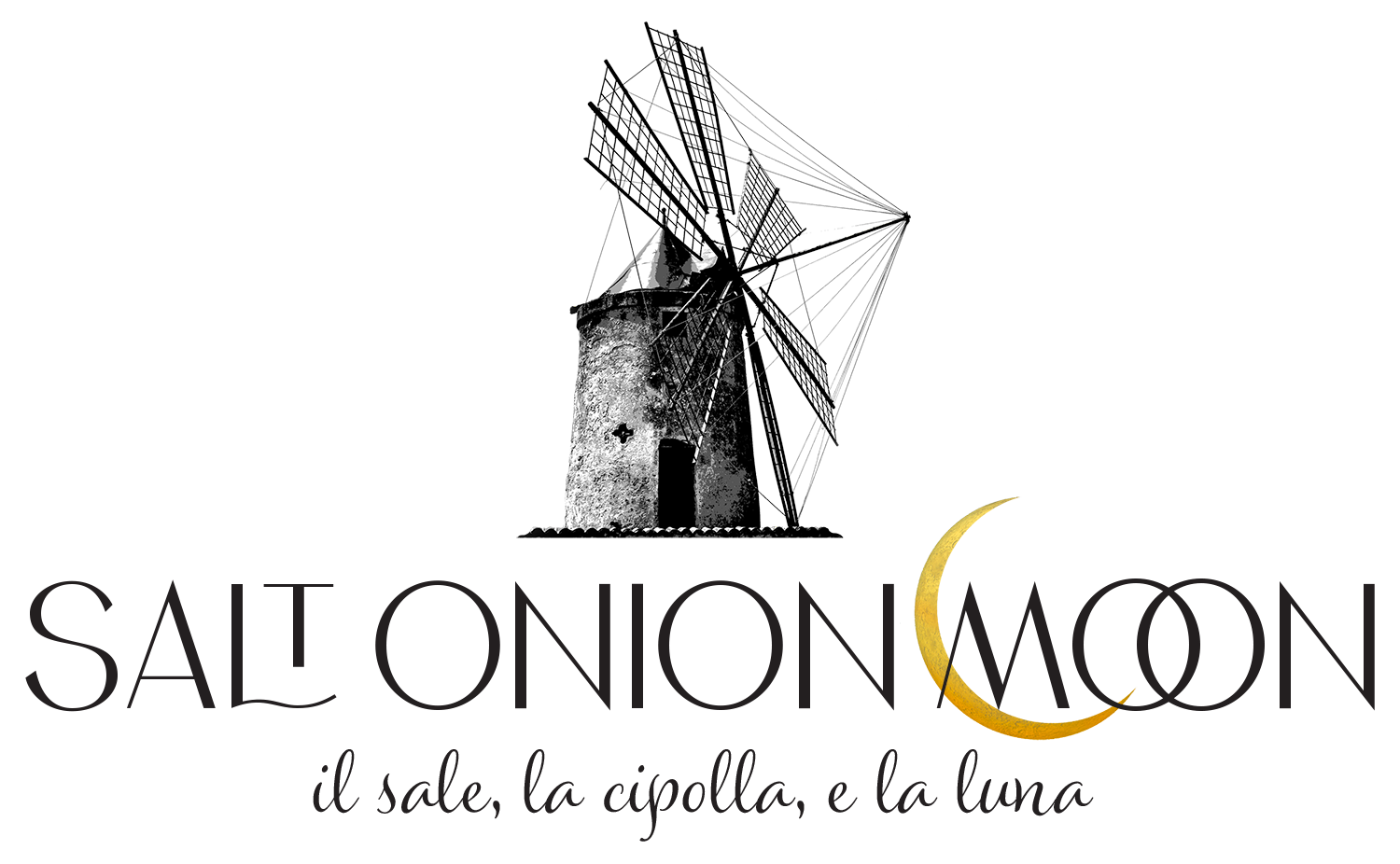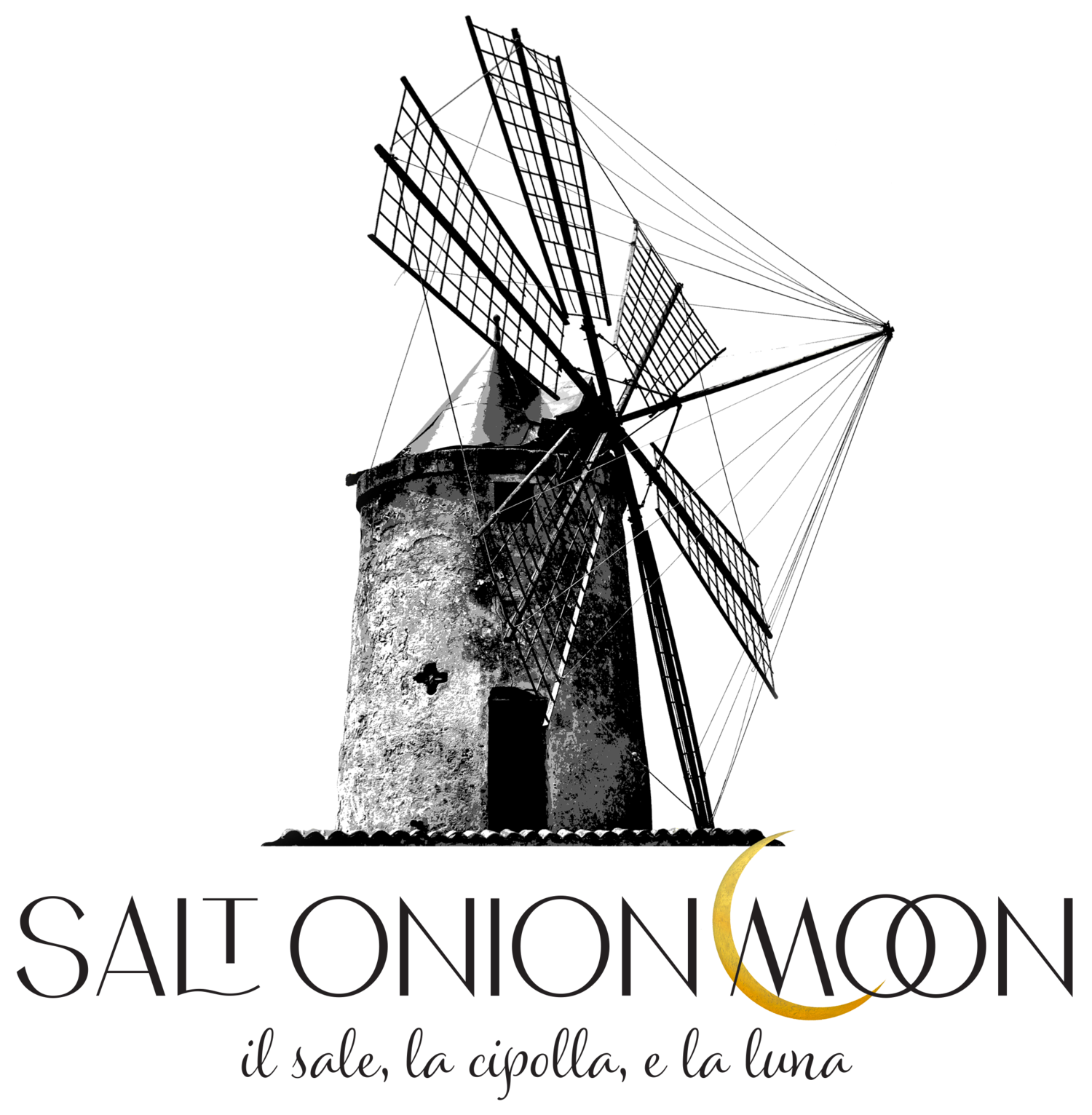Red Thread
I once read about a Chinese proverb which suggests that those who are destined to meet are connected by an invisible red thread. I’ve since learned that several interpretations exist, but the one I read initially referred to the connection between any two people, not just those destined to be romantic partners, as is more common.
Think about the ways we forge connections with others. We may be captivated by their artwork, transported by their words, immersed in their ideas, enraptured by their music, comforted by their presence, healed by their hands, emboldened by their knowledge, infused with their kindness, nourished - physically and emotionally - by their food. Each of these points of connection binds us together.
Yes, this is a blog about food, but more precisely about how food and memory combine to illuminate moments of joy and sorrow, communion and separation, family and friendship - all parts of the foundation that makes us who we are. There is a universality in food that allows our respective humanities to bump into each other. I truly believe these bumps will propel us forward to a place where we plainly see our union. Our cultural histories express themselves in food and ultimately become deliciously entwined. Those who loved us or cared for us fed us - whether we had too little or plenty. Yet food is not only about sustenance, it is also about pleasure and connection.
In this time of such divisiveness, I imagine our red threads visible at bird’s eye. There is comfort in the complex web woven by criss crossing threads - the strength of our shared humanity in the warp and the weft. If we focus on our related experience - seen and unseen - we reveal our commonality and build connection, compassion, and understanding. That’s what we’d like to do. We’d like to share this trip with you. Connect our threads. Build a community.
Thom and I often return to the ideas of time and memory. Part of this surely comes from our shared history. We’ve been friends since we were twelve, and the fabric of our lives has continued to be woven together even though the paths of our lives have often been divergent. We are friends, but also family. Last summer Thom and I traveled with my mom to Rome and Venice. I’d been to Italy once before, to Maiori on the Amalfi coast, and to Santa Maria di Castellabate. The trip was nothing short of transformative. Rob, the boys, and I traveled with Rob’s extended family and immediately became enamored by the Italian approach to life - relishing time in a way that discourages rushing and encourages appreciating the moment. Joy and pleasure are expected parts of the day - from lingering over caffé in the morning, sharing an aperitivo with friends in the early evening, or enjoying a late dinner that lingers over conversation. There exists an ethos in the Italian culture that encourages us to enjoy the present, and the singular beauty that comes from the land, sea, art and architecture of Italy makes it difficult not to stop and notice, to pay attention. These moments are meant to savor.
When Thom, my mom, and I met up in Rome (just typing that sentence still makes me smile), we spent a week...well, eating. In truth, we also visited the Colosseum, the Parthenon, the Vatican, the Spanish Steps...we did it all. We drank Spritz after Spritz after Spritz. We behaved like tourists because we were. It’s hard not to be the first time you visit Rome, and Thom wanted us to see everything. We truly enjoyed each swelteringly hot minute, but like tourists, we tried to cram it all in - there is only so much time and who knows when we might be lucky enough to return? We rushed. The next time I visit I will enjoy Rome as it should be enjoyed, slowly savored.
At the end of the first week we headed north to Venice and proceeded to have our breath taken away and our jaws embarrassingly slackened by what I can only describe as magic. Venice casts a spell that lingers. Its sheer existence defies belief, but combined with its history, art, architecture and food, Venice makes you mourn the years you lived without knowing it. Venice calls you to return by drifting into your thoughts when you least expect it. So much of what is captivating about Venice has to do with the contemplation of time. Venice in itself is somewhat otherworldly and its obvious connection to history propels you to another place in time - whether through flavors influenced by its location along the spice route or the copious collection of art in the Doge’s Palace.
Joseph Brodsky, the Nobel Prize winning poet and essayist, is buried in Isola San Michele in Venice. In his book, Watermark, he writes about his relationship with Venice, the way it wove itself into his life and seemed to bolster his own thoughts about time. Famously he wrote, “I always adhered to the idea that God is time, or at least that His spirit is. Perhaps this idea was even of my own manufacture, but now I don’t remember. In any case, I always thought that if the Spirit of God moved upon the face of the water, the water was bound to reflect it. Hence my sentiment for water, for its folds, wrinkles, and ripples, and – as I am a Northerner – for its grayness. I simply think that water is the image of time, and every New Year’s Eve, in somewhat pagan fashion, I try to find myself near water, preferably near a sea or an ocean, to watch the emergence of a new helping, a new cupful of time from it.”
Less famously, Joseph Brodsky is also godfather to our dear friend Brandon. Brandon has become the quasi-son Rob and I might have had if we were a bit too young - not because he is imbued with anything we might have given him - his own parents did an impressive job with that, but more because of where he fits in age order with our sons and the depth of our feelings for him. Regardless, he is part of our family. He is also a writer, cook, teacher...the list goes on. We agreed to visit Brodsky’s grave in Brandon’s stead. It was an oppressively hot day and the vaporetto trip across to Isola San Michele provided no relief. We found a map which we struggled to decipher as we meandered through the graves, each one more interesting than the one before. Some were adorned with photos frozen in time, some with fresh flowers, and others with small remembrances germane to the deceased. When we finally reached Brodsky’s grave, my relief was combined with a strange feeling of sad connectedness. I brought along my copy of Watermark and read the passage about time, in part because Thom and I keep coming back to its mystery - perhaps because of our own history, but also as a fellow northerner, the grayness and the imagery of the water is comforting and compelling to me. We stayed for a bit, and my mother tidied the grave while I thought about the particular alchemy that brought me to Venice with Thom, watching my mother deadhead flowers on Joseph Brodsky’s grave for Brandon. Red threads.
To that end I’d like to share a poem with you. It was a gift to me for my birthday a couple of years ago. Brandon wrote it in an inspired stream of thought, and it is a treasure to me. It is about the recollective power of food and ultimately love - just the thread we hope to convey to you.
There is Memory in Those Waves, the Horizon
My father refuses to return to the fish market. It’s at the bottom of the hill where he now lives, and he’s eaten his weight in tuna sandwiches there. But that’s where his wife fell, hit her head, and almost died. So he says he’ll never go back.
I don’t have that resolve. I’ve been going there since I was a child. Mom would buy half-cooked sourdough boules, and we’d bring them back in our carry-ons to Boston and Charlotte. The house would smell like summer when she baked them. She’d slather on dulce de leche or jam and butter and that would be my breakfast before riding off to school. Later, when I was the last one left on the East Coast, I’d fly west when it was cold. My first meal would always be there on the harbor. A fried cod sandwich on that sourdough, a double-pint of Ballast, and I’d sit on the stone benches outside the market and, not knowing that years later that’s where she’d almost die, I’d eat and watch the seals in the harbor, the fishermen washing off the grit and grime from their boots and boats, and inhale the sweetness of the salty air. And now, when being in the house proves too much, I drive down to the coast. I park at Sunset Cliffs and tread carefully down onto one of the bluffs. The waves are good. A few pale riders, paddling out between the sets. In my bag some Modern Times and loaf of sourdough. I tear it apart and drink. There is memory in those waves, the horizon. I’m thirteen again. We live in the brick house on Lorimer. Dad is reading the paper. Mom takes a boule from the oven. The crust cracks as she cuts it.
The surfer glides up the face of the wave and paddles back out. The wave crashes and finally subsides. The tide takes it back out toward the horizon. The rider is there, bobbing outside the lineup. Waiting for another set. There is memory in those waves, the horizon.
I’m older. I still eat to remember. A different kitchen and family. A different mother. More brothers. A boule comes out of the oven. The crust cracks as she cuts it.
Brandon Thomas
MLA style: Joseph Brodsky – Prose. NobelPrize.org. Nobel Media AB 2020. Sun. 23 Aug 2020. <https://www.nobelprize.org/prizes/literature/1987/brodsky/prose/>




